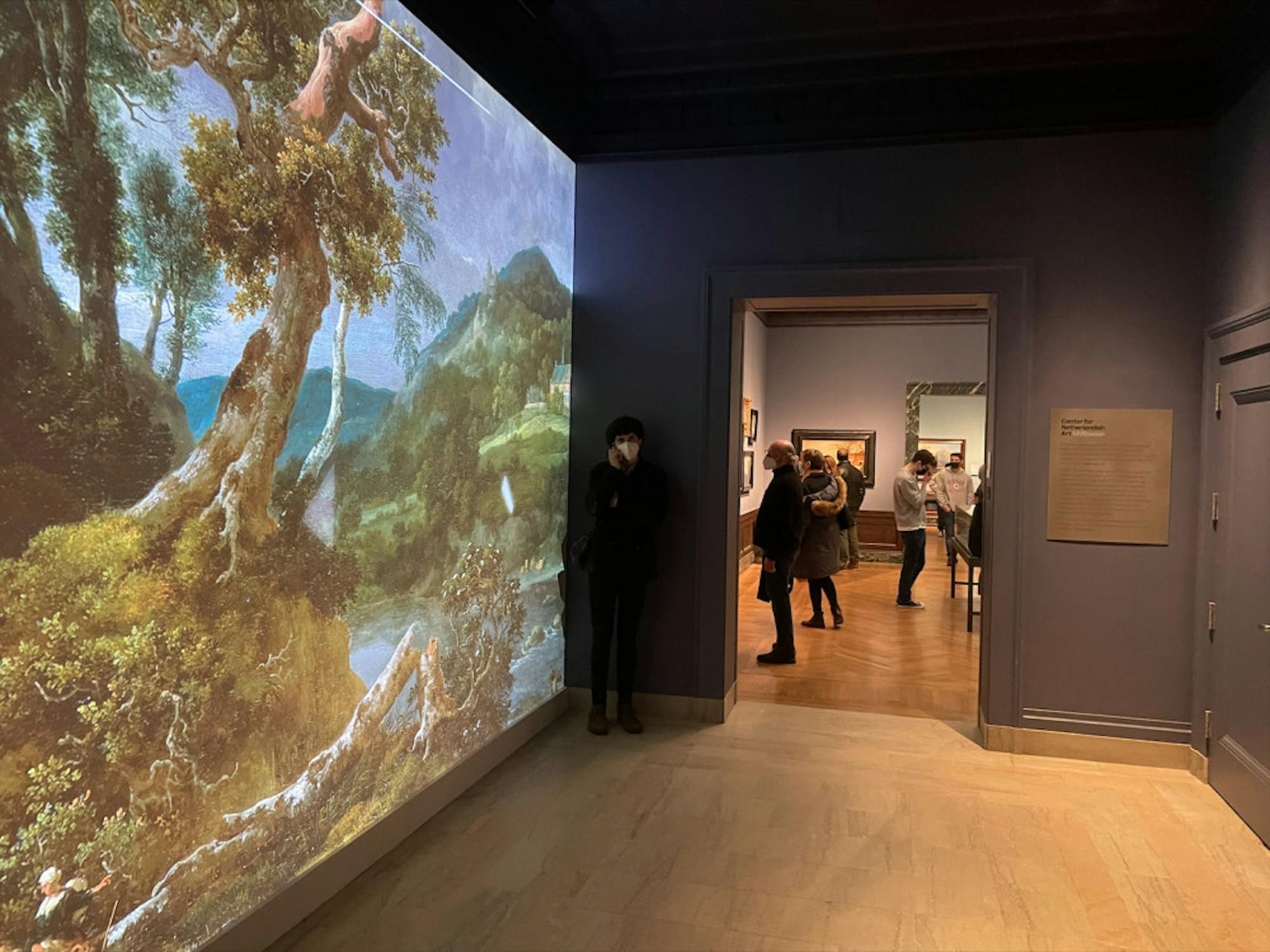Boston’s Museum of Fine Arts received a generous gift of 114 17th century Dutch and Flemish paintings for long-term loan and permanent ownership from private collectors in 2017. Years after receiving this new collection, the MFA recently renovated a suite of seven galleries, which has been open to the public since November 2021, to display these works. These galleries coincide with the opening of the MFA’s Center for Netherlandish Art, the museum’s latest research center dedicated to promoting artistic study of the region. Today, as a result of this latest acquisition, the MFA now holds one of the most impressive collections of 17th century Netherlandish art.
However, the MFA’s expansive collection extends beyond paintings and features a variety of artifacts, including a library of books on Dutch and Flemish art, sculptures, silver, ceramics and ship models. With this multifaceted collection, the MFA is able to effectively detail Dutch global commercial dominance from slavery and the sugar trade during the 17th century. The wide assortment of objects on display document the region’s extensive trade networks that resulted in what the MFA calls the “first age of globalization.” Therefore, significant cultural and regional overlap is present in many of the collection’s artworks.
As you enter the gallery’s first room, a projected video is displayed, summarizing the history of the Dutch financial empire and the origins of a new, independent art market in the 17th century. This video is complemented by several other infographic displays throughout the gallery that feature data visualizations of the finances involved with selling art in a competitive market during this era. The first two rooms focus entirely on still lifes, each painting illustrating a wide variety of global objects that indicate the extent of early Dutch trade networks. These rooms capture the precise details often depicted by artists such as Willem Claesz. Heda and Jacob van Ruisdael.
Despite their static subject matter, the galleries’ initial halls manage to captivate viewers with their interactive elements. Rather than display conventional descriptions under each painting, one wall of the Dutch landscapes invites viewers to participate in a casual game to attribute each landscape with its respective artist based solely on written descriptions of each artist’s signature technique and subject matter. The gallery even goes as far as to include a puzzle key on a separate wall, motivating viewers to practice their visual analysis skills as a means to understand the context behind each painting. The gallery’s organization encourages visitors to participate in a dialogue to accurately correlate the different artworks to their respective masters, enabling guests to spend up to 15 minutes on each wall. The galleries’ paintings and goods are also complemented with open global atlases indicating the reach of the Dutch trade network. These records immerse visitors within the historical context in which these artworks were created.
However, the final room of the Dutch and Flemish galleries remains the most exciting, as all of the primary spectacles of the MFA’s Northern European collection are seen together. On one wall, portraits by renowned Dutch artists, such as Rembrandt van Rijn and Frans Hals, dominate the viewer’s attention. Adjacent to the Rembrandts, Aelbert Cuyp’s “Orpheus Charming the Animals” (c. 1640) stands out as a beautiful depiction of various animal species set within an expansive, dynamic landscape.
Directly across from these Dutch masters is an equally impressive display of works by Flemish artists, such as Peter Paul Rubens and Anthony van Dyck. Notably, Rubens’ portrait of “Malay Ahmad” (c. 1609) separates itself from the rest of the works with its unique subject matter. Directly beneath the portrait, a video installation plays that elaborates upon the subject’s importance to Rubens as a recurring image in his other paintings. Finally, bringing the room together, in the center of the main gallery stands a scale model of a cargo ship often utilized by the Dutch East India Company. The model ship places a tangible focus on the very means of transportation that eventually led to the magnificent paintings surrounding the viewer, all products of the growing Dutch market.
Through meaningful exhibition organization, the MFA’s latest additions to its Dutch and Flemish collection exemplify the sociohistorical context of the Dutch commercial empire and its impact on Northern European art. Each work beautifully embodies the precise details that typically can be found in Dutch painting, challenging viewers to redefine the technical limits of the medium. With a variety of historical objects on display, from elaborate dollhouses to engaging still lifes, visiting the MFA’s new Dutch and Flemish galleries offers a valuable opportunity for visitors to learn more about one of the most important moments in Western art.






